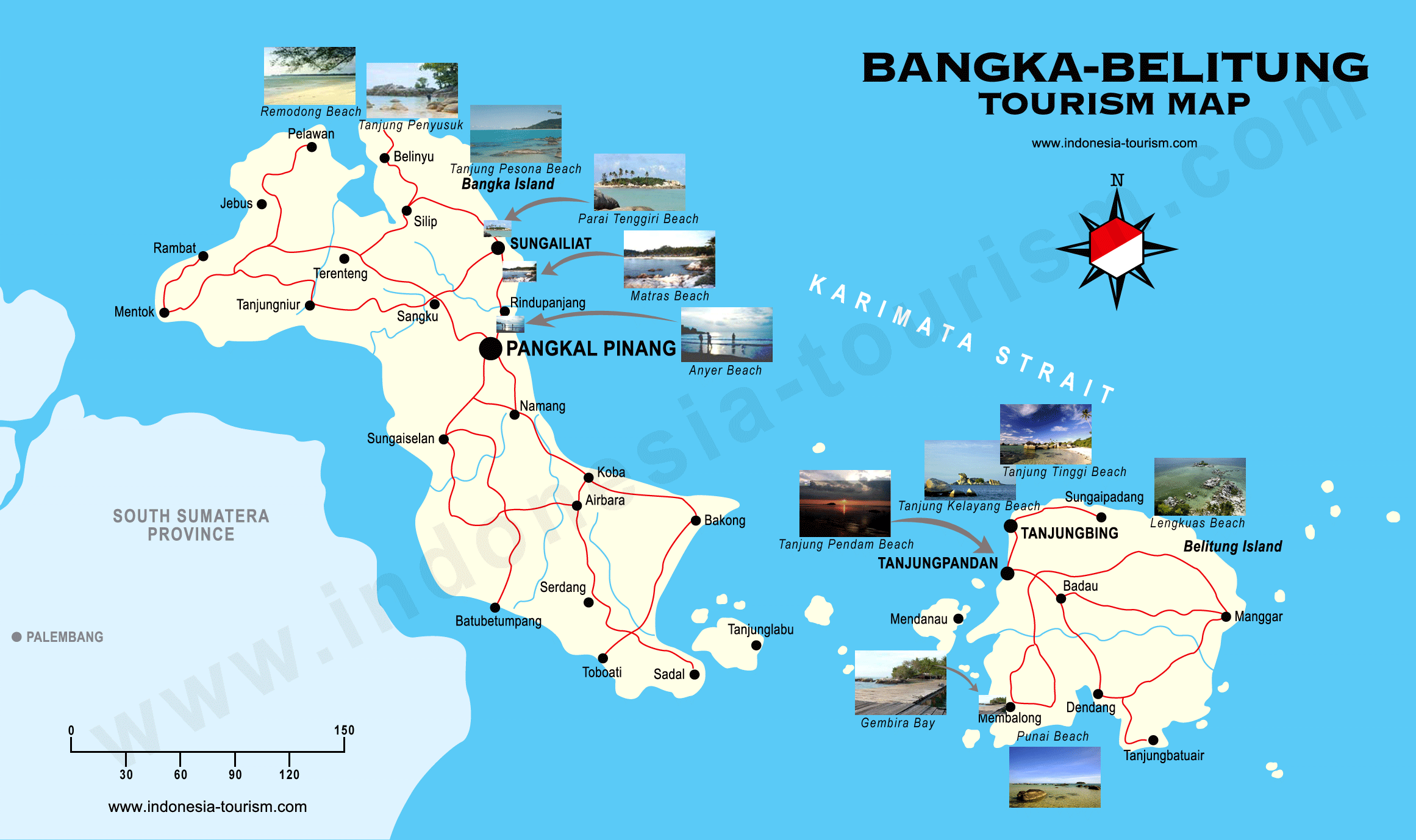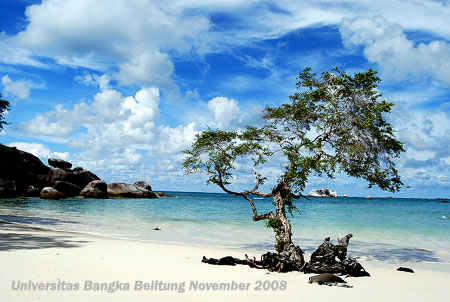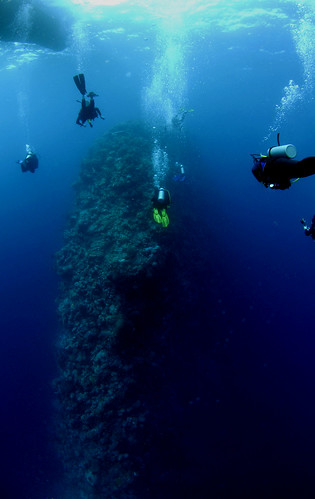Alor Island regency is the least visited and therefore the most unspoiled region of Nusa Tenggara Timur (NTT). Trek to the rim of a volcano on Pantar or dive the straits of Alor and Pantar in a dive destination rated by all to be amongst the best in the world. Ponder on the existence of the Moko drums, which are not found in large numbers anywhere else in Indonesia and can be traced back to the Dongson period in Vietnam around 350 BC and you start to realize that Alor is truly a land lost in time.
Alor diving is known as the best in the world with its smoldering volcanoes reaching down into crystal clear waters fringed with pristine coral reefs, coconut fringed pure white sandy beaches and traditional villages built half way up mountains, the scenery is as spectacular above as it is below the waterline. Alor Island is so mountainous that it is almost impossible to pass from one side to the other and many of the villages on the island itself can only transport themselves via small wooden ferries. The eight distinct dialects and more than 50 sub-dialects spoken today, testifies to the diversity on Alor.
 Alor traditional culture has been influenced over the ages by the Indian, Chinese and Javanese traders as well as by the Islamic and Christian religions. This can be seen in the silk thread woven into the original weavings and the mix of Mosques and Christian churches dotted throughout the Island. The traditional dances, Ikat weavings motifs and the varies architectural style greatly from area to area. With more than a dozen traditional villages within one hours drive from the capital Kalabahi - Alor is a cultural tourists heaven. [source: Alor]
Alor traditional culture has been influenced over the ages by the Indian, Chinese and Javanese traders as well as by the Islamic and Christian religions. This can be seen in the silk thread woven into the original weavings and the mix of Mosques and Christian churches dotted throughout the Island. The traditional dances, Ikat weavings motifs and the varies architectural style greatly from area to area. With more than a dozen traditional villages within one hours drive from the capital Kalabahi - Alor is a cultural tourists heaven. [source: Alor]See The Beauty























































